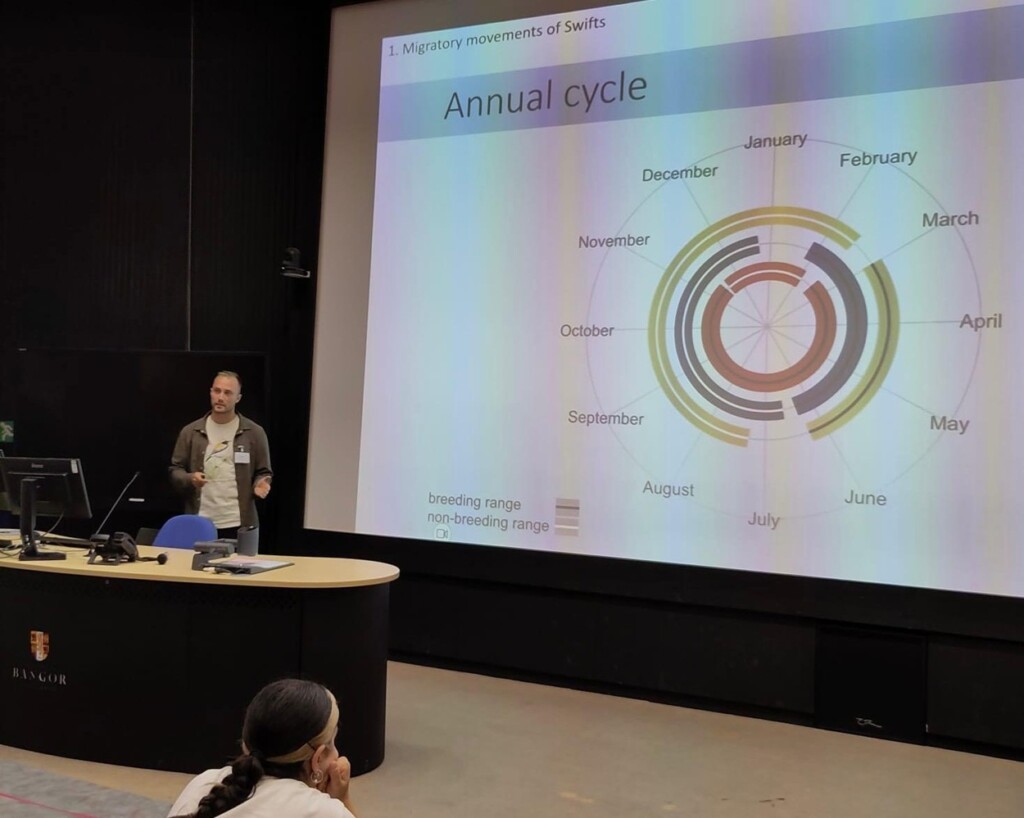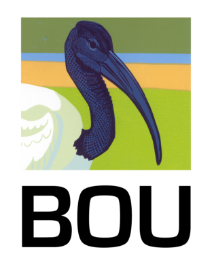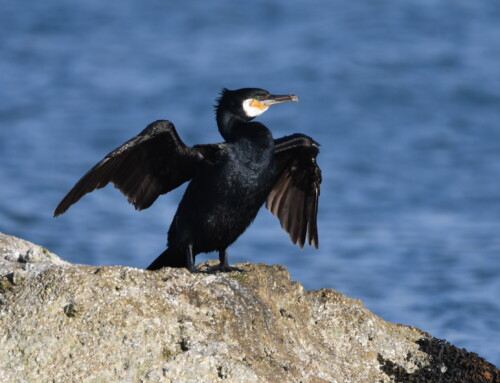When the first Common Swifts started to leave their breeding site in front of my window in Uppsala, Sweden, I also started my road trip down south-west towards the UK. My trip, by car and ferry was much shorter than the Swifts’ migration to southern Africa, though it did not take me much less time. Again, as every day, I found a reason to be impressed by these birds. I didn’t migrate because of the weather, but because I had the great opportunity to participate at the EOU in Bangor, during August 2025.
On the way through the UK, I visited a couple of friends and picked up some friends to join my way to the conference, using the trip already to catch up as I knew there won’t be much time during the conference when meeting all the researchers from Europe and even some other continents.
I started the conference with the MLSG pre-symposium which was a great start, giving the chance to catch up with friends and researchers working on migratory birds in a smaller group. It was a great and inspiring meeting with a friendly atmosphere as I knew many researchers from other conferences (such as the EUFLYNET) or from citing their papers.
On the first day of the EOU conference, it was already time for my oral presentation. I was nervous beforehand, as this was my first time presenting in front of other researchers, but as soon as I started talking, the anxiety was replaced by a positive excitement to share the very interesting results on the movement ecology of Swifts from an understudied population in Israel. The three migratory Swift species, Common, Pallid and Alpine Swift, differ in their species- and population-specific movements and seem to follow different environmental variables, such as vegetation greenness and movements of convergence zones.

Daniel’s presentation during the Migration symposium at the EOU 2025 conference in Bangor. Photo: Luke Nelson
After my presentation I had time to completely focus on the other interesting symposium and plenary talks. I learned about many exciting and inspiring research projects. These talks also gave me the chance to get in touch with other researchers about potential opportunities for post-doc positions after my PhD and to foster collaborations, including sharing the presented geolocation data from the tracked Swifts.
I want to particularly highlight the Motus symposium which I left with such an empowered mood and motivation to analyse the data from our Motus station and project in Eilat, Israel and continue helping to expand the Motus network. The symposium on tracking birds in understudied flyways was also extremely inspiring. It motivated me to get involved in research projects in Africa or East Asia, and generally rethink our often overly Europe-focused perspective on migration.
I am grateful to the BOU for supporting my travel to the conference. It was a very fruitful experience, that brought me closer to researchers I’ve already been in touch with, created new contacts, and resulted in new collaborations with other researchers. It was a well-organized conference that not only included interesting talks and symposia, but also left room for exchange and socializing between researchers. In addition to that we had a great trip to South Stack that even got me a lifer, the Red-billed Chough (Pyrrhocorax pyrrhocorax), on top of great observations of several seabird species.





